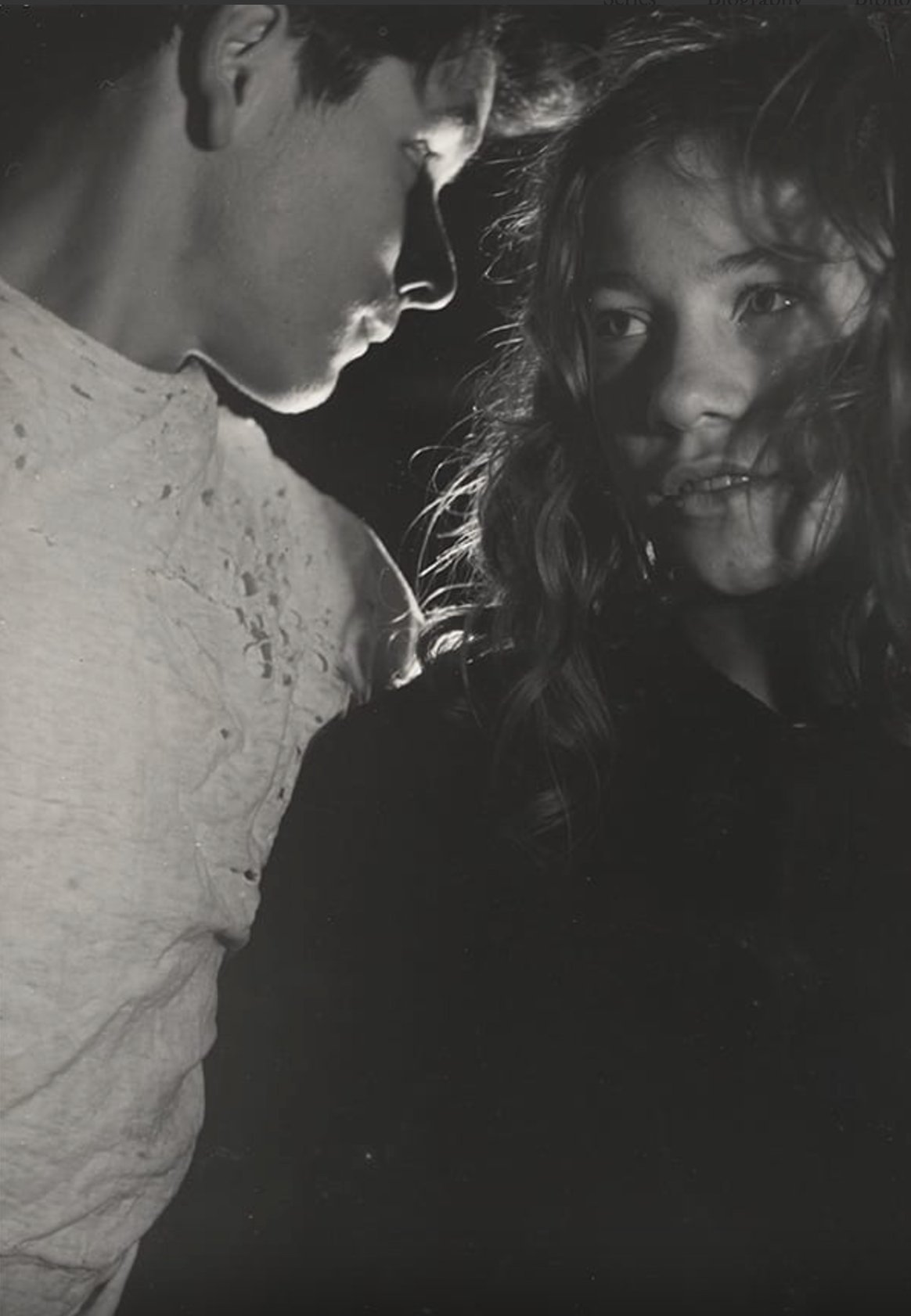
Portraits and early works 1954/60
Mario Giacomelli’s early portraits mark the beginning of his photographic journey. He started by capturing friends, family, and colleagues at his "Marchigian Typography," focusing on the everyday world around him. Yet, even in these early works, his images are infused with a profound sense of interiority.
Initially, Giacomelli believed portraying human life required human subjects. Over time, however, his focus shifted toward abstraction, exploring space as a vessel for signs and stories. These signs, for Giacomelli, became anthropomorphic presences, conveying human emotions, fears, and passions. He grew skeptical of literal representation, convinced that neither words nor images could fully narrate reality. For him, photography was akin to poetry, with its own grammar and rhetorical forms.
These early works, however, remain rooted in reality, reflecting his sensitivity and the influence of neorealism in post-fascist Italy. Participating in amateur photography competitions, Giacomelli navigated two contrasting approaches: Paolo Monti urged fidelity to reality, while Giuseppe Cavalli advocated a lyrical, inward-looking perspective.
Giacomelli’s early portraits often delve into social themes, capturing the struggles of workers, farmers, hospice residents, young priests, and the tensions of Italy’s North-South divide. His lens also explored love, faith, and human resilience. These photographs evoke an atmosphere of mystery and materiality, heightened by stark contrasts that decontextualize the subjects. The expressive faces, rendered in black depths and brilliant whites, seem to burn with hidden presence, offering a haunting yet poetic glimpse into the human condition.
(Adopted from Katiuscia Biondi’s text)






